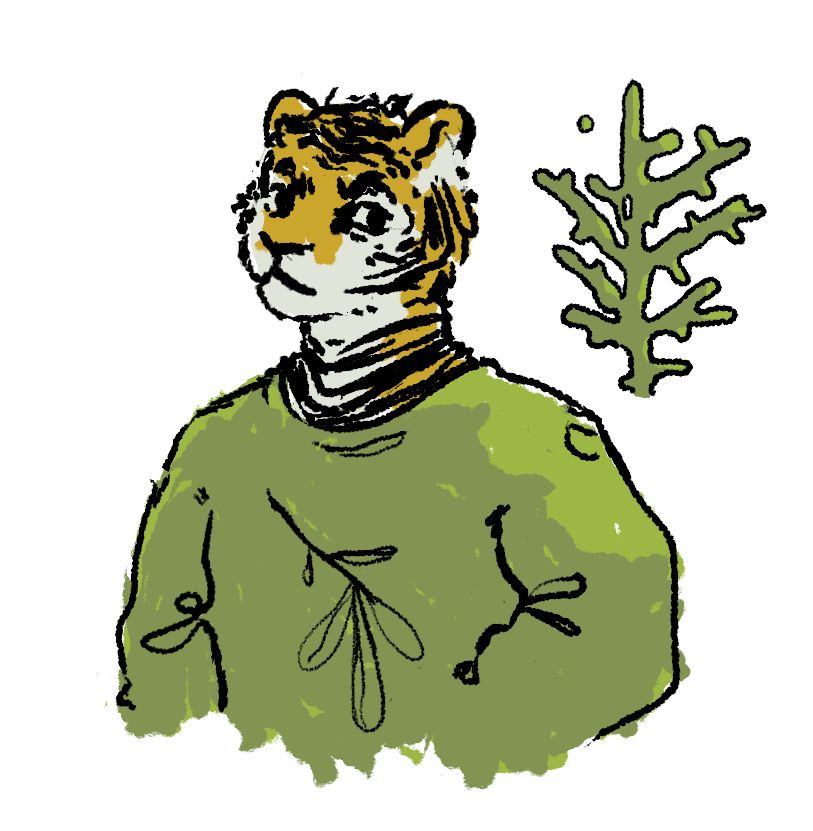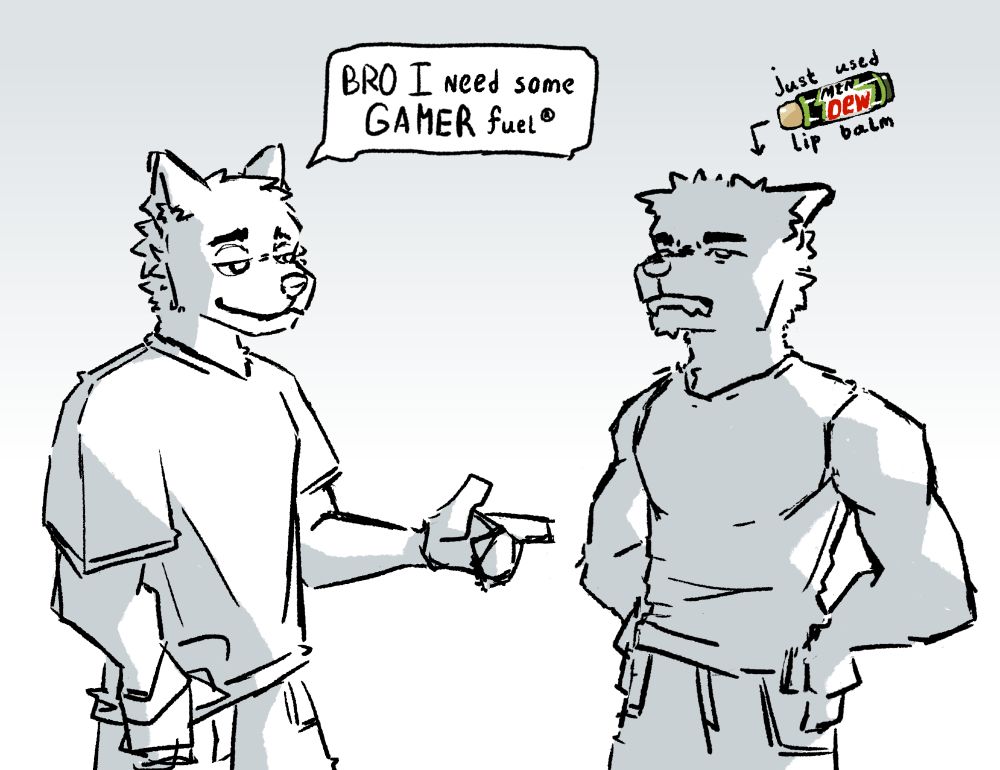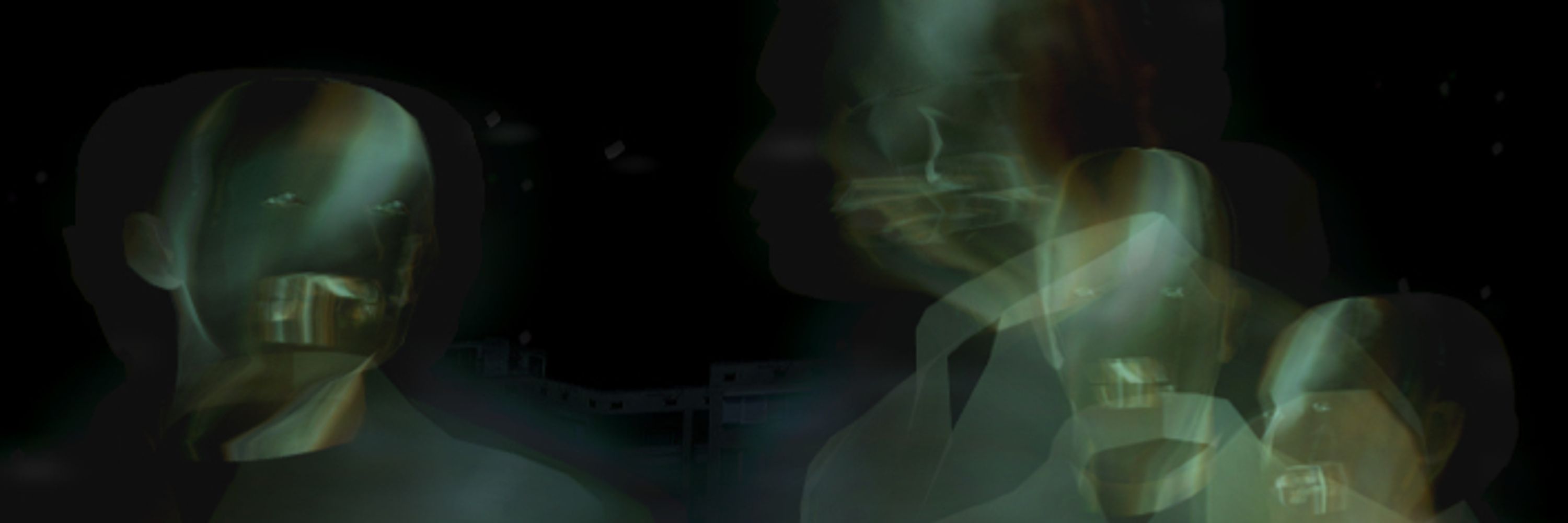
my games: https://samael-kethill.itch.io

Instead of drawing sprites at each light source, full-screen subdivided plane with procedural vertex colors is rendered and blended with game frame.
#gamedev

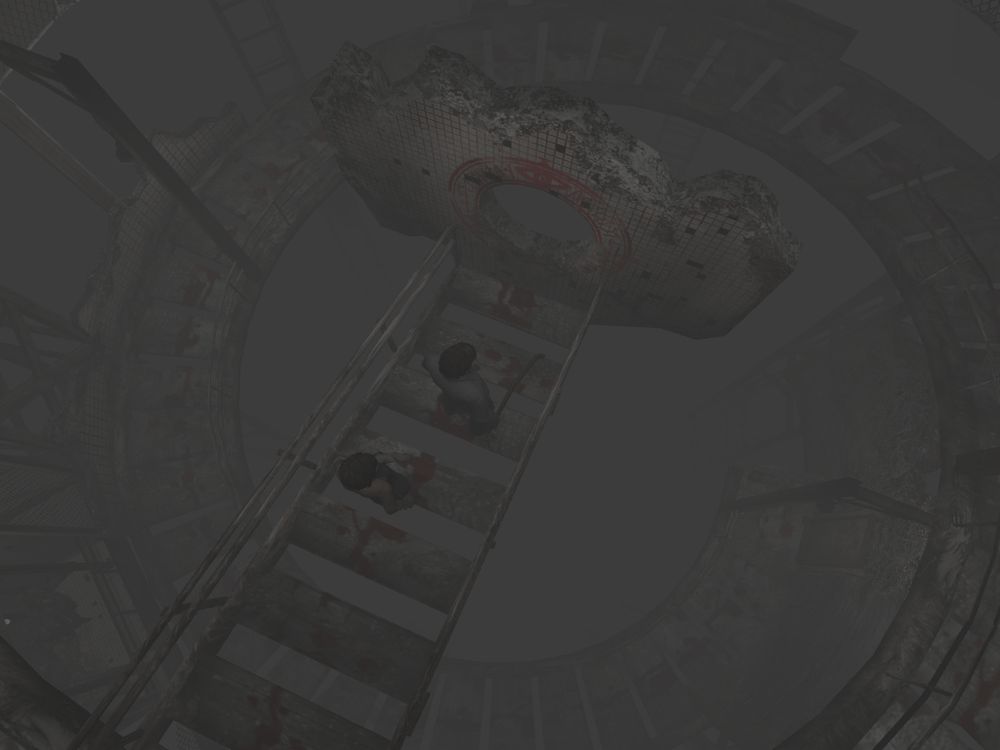


Instead of drawing sprites at each light source, full-screen subdivided plane with procedural vertex colors is rendered and blended with game frame.
#gamedev
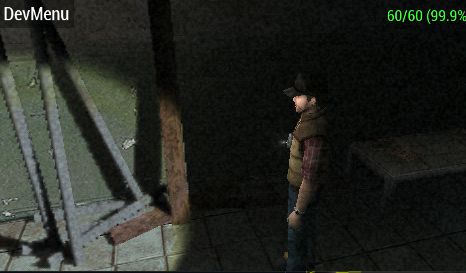
Not quite butter smooth, but it works
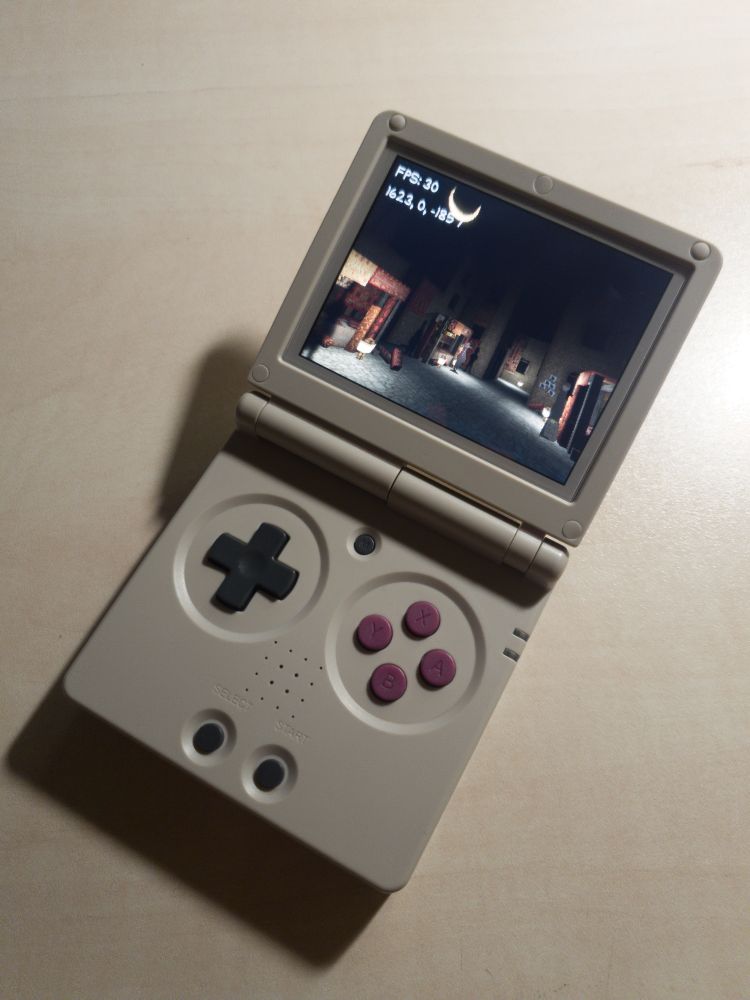
Not quite butter smooth, but it works
Turns out it's due to interpolation in linear color space. Interpolating sqrt(col) fixes the issue
I also tried sqrt(1/col) but it looks wrong on smooth normals
I wonder if this can be applied to lightmaps too




Turns out it's due to interpolation in linear color space. Interpolating sqrt(col) fixes the issue
I also tried sqrt(1/col) but it looks wrong on smooth normals
I wonder if this can be applied to lightmaps too
Yes there's no fancy sim - it just uses a water interaction buffer as a target for the particle system rendering, so we could use the power of particle system we already have.
Given how interactive water in CS2 is, I expected to see some cellular fluid simulation, but turns out they just use a low-resolution off-screen buffer with flat 2D decals used for various aspects of water. Reminds me of HL2 water :)
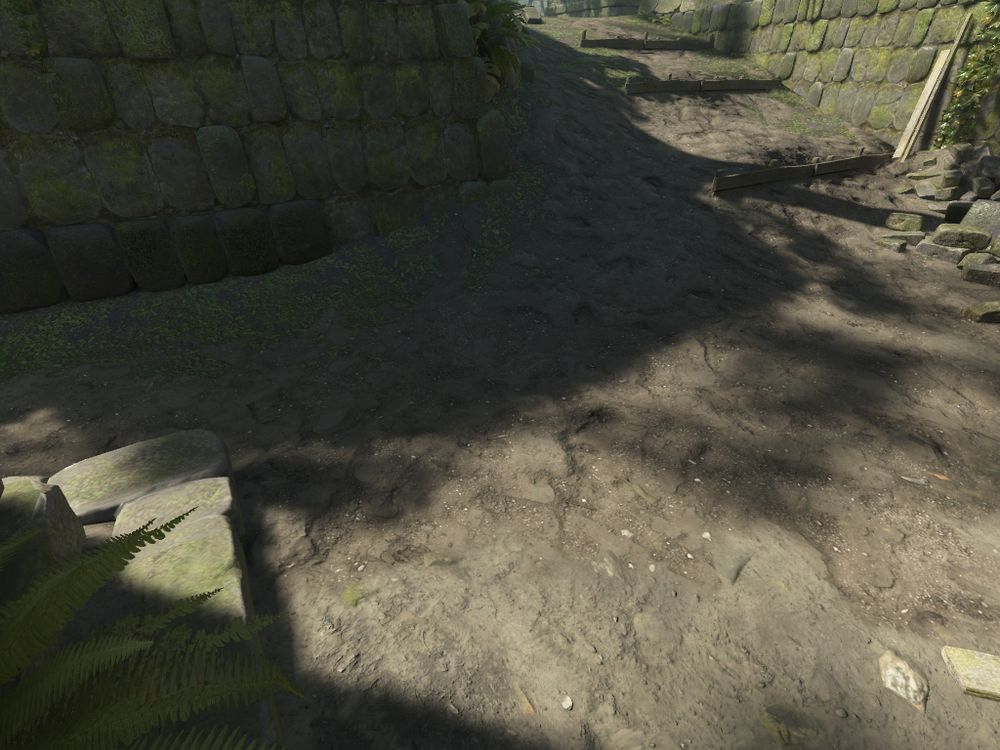
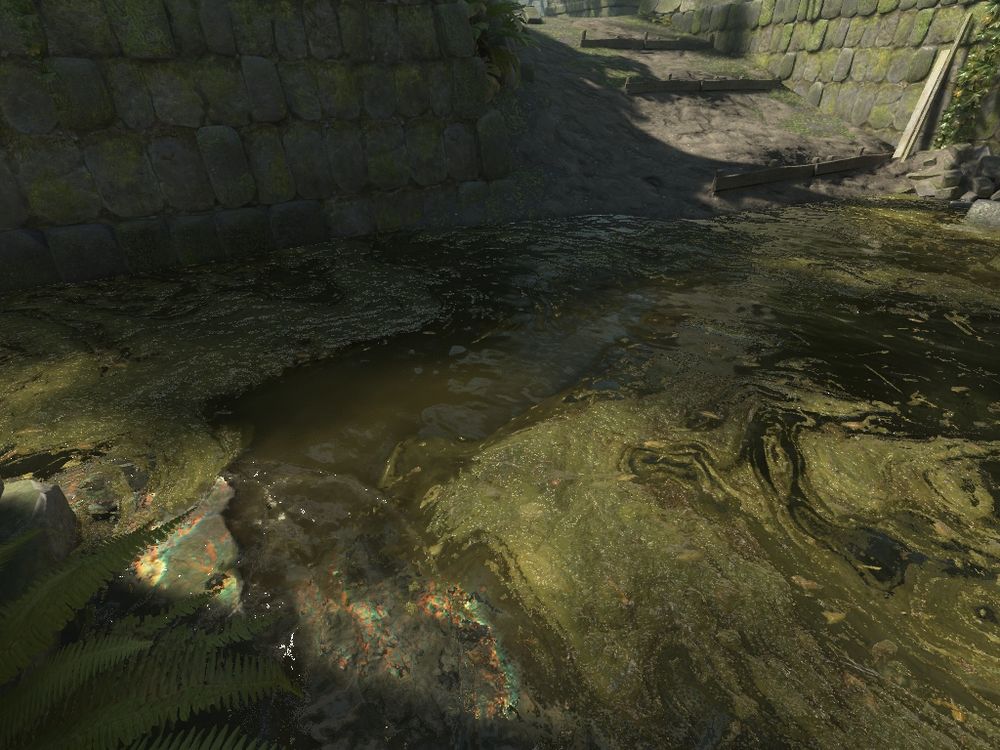
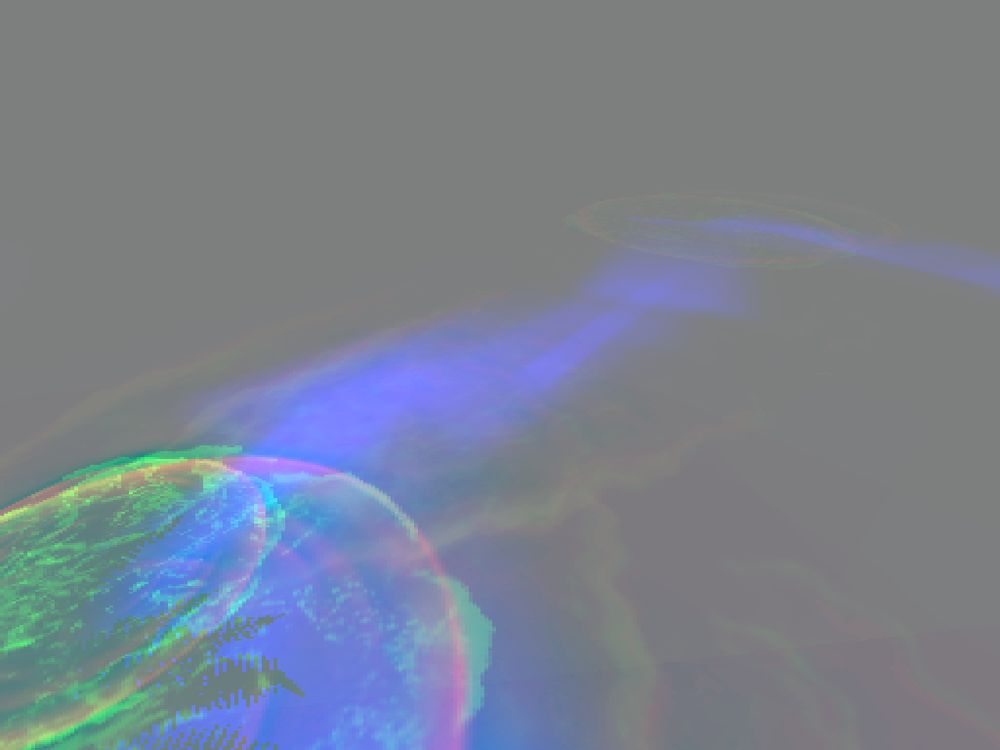
Yes there's no fancy sim - it just uses a water interaction buffer as a target for the particle system rendering, so we could use the power of particle system we already have.
Given how interactive water in CS2 is, I expected to see some cellular fluid simulation, but turns out they just use a low-resolution off-screen buffer with flat 2D decals used for various aspects of water. Reminds me of HL2 water :)



Given how interactive water in CS2 is, I expected to see some cellular fluid simulation, but turns out they just use a low-resolution off-screen buffer with flat 2D decals used for various aspects of water. Reminds me of HL2 water :)
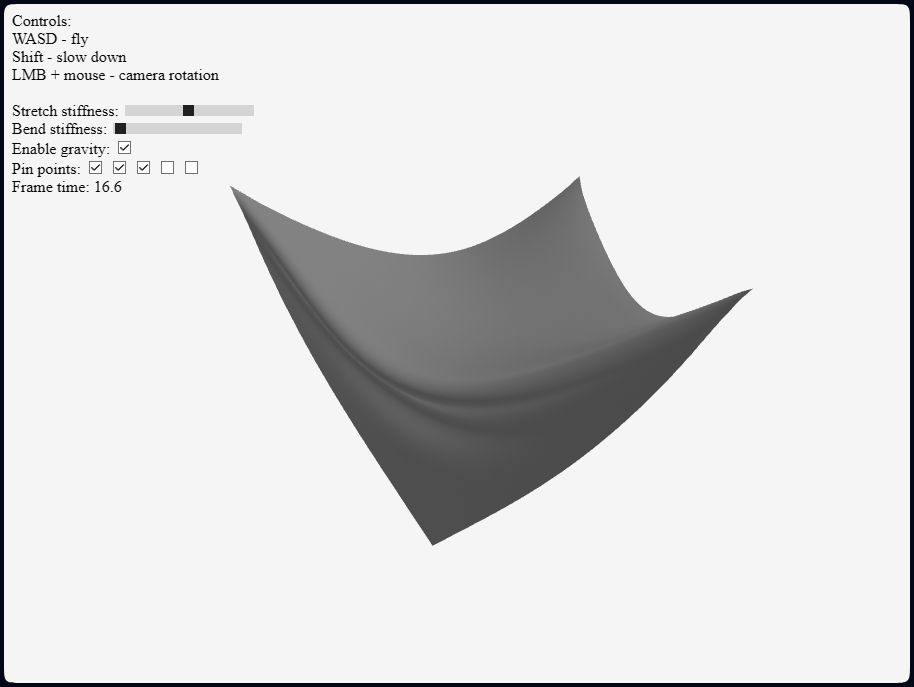
It kinda works, but I was expecting polygonal mesh structure visible due to vertex lighting to disappear, but it didn't...
off / 1.414 units disk radius / 2 units disk radius
#gamedev #indiedev


















